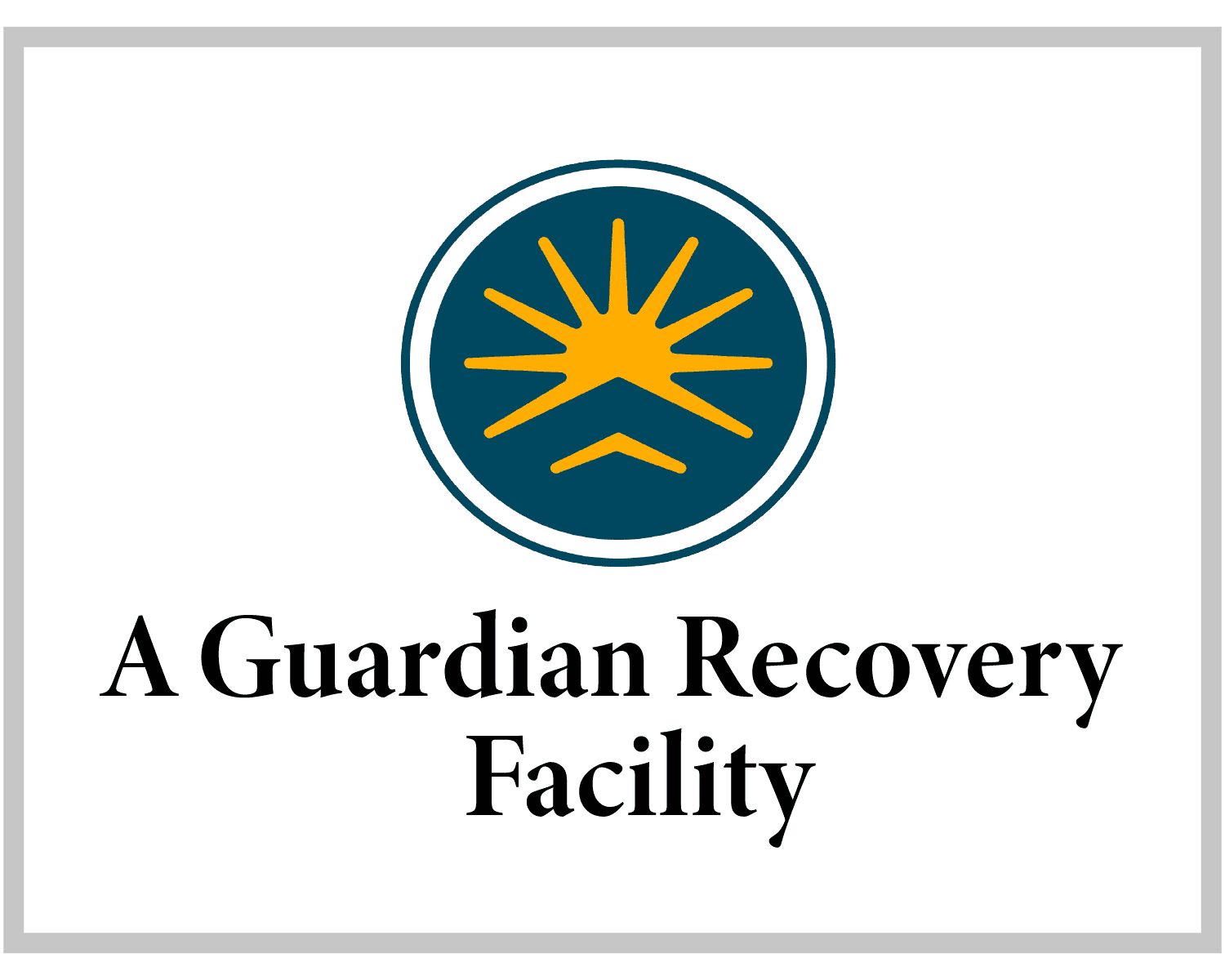Essential Items and Must-Have Belongings
Preparation represents an essential first step when gathering essential items for residential treatment, as having the right belongings can greatly impact a resident’s comfort and therapeutic progress during their stay. When assembling necessary clothing, residents should pack approximately seven days’ worth of comfortable, weather-appropriate attire, including sleepwear, undergarments, and modest casual wear suitable for both individual and group therapy sessions.
Basic hygiene products form another significant category of must-have items, encompassing toothbrush, toothpaste, deodorant, shampoo, and necessary grooming tools, though it’s important to highlight that many facilities have restrictions on aerosols and alcohol-based products. Additionally, residents should bring any prescribed medications in their original containers, along with copies of insurance cards, identification documents, and a small amount of cash for incidental expenses.
Restricted and Prohibited Items to Leave at Home
While preparing for residential treatment requires careful attention to necessary items, understanding prohibited belongings proves equally critical for ensuring a safe, therapeutic environment for all residents. Treatment centers typically restrict electronics, including smartphones, tablets, and laptops, which could interfere with the recovery process or compromise others’ privacy.
Common prohibited substances include:
– Alcohol and illegal drugs
– Over-the-counter medications without prior approval
– Supplements and vitamins not prescribed by medical staff
– Products containing alcohol like mouthwash or perfume
Additionally, facilities generally prohibit:
– Weapons of any kind
– Disclosing or inappropriate clothing
– Outside food or beverages
– Cameras or recording devices
– Items containing violent or triggering imagery
– Aerosol products or glass containers
Personal Comfort Items and Special Considerations
Making the shift to residential treatment becomes more manageable when residents bring meaningful personal items that provide comfort and emotional support during their stay. Common comfort items include cherished family photographs, personal journals, favorite blankets, and meaningful mementos that help maintain connections to home while fostering a sense of security in the new environment.
Special considerations often include accommodating religious or cultural items, such as prayer rugs, meditation cushions, or traditional clothing, which support residents’ spiritual well-being during treatment. Additionally, residents with specific needs may bring adaptive devices, therapeutic aids, or sensory tools that facilitate their recovery process. These personal touches help create a more nurturing atmosphere while maintaining compliance with facility guidelines, ensuring both comfort and safety throughout the treatment journey. Inpatient care settings provide structured environments where personal items can help residents maintain a sense of individuality while working toward recovery goals.














